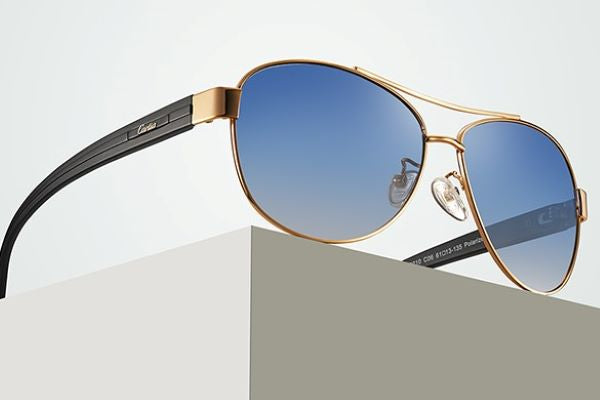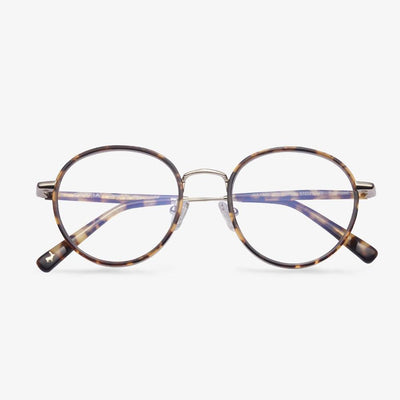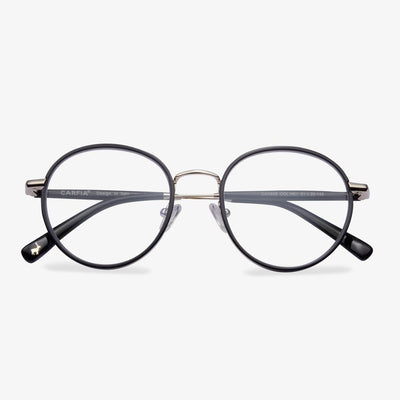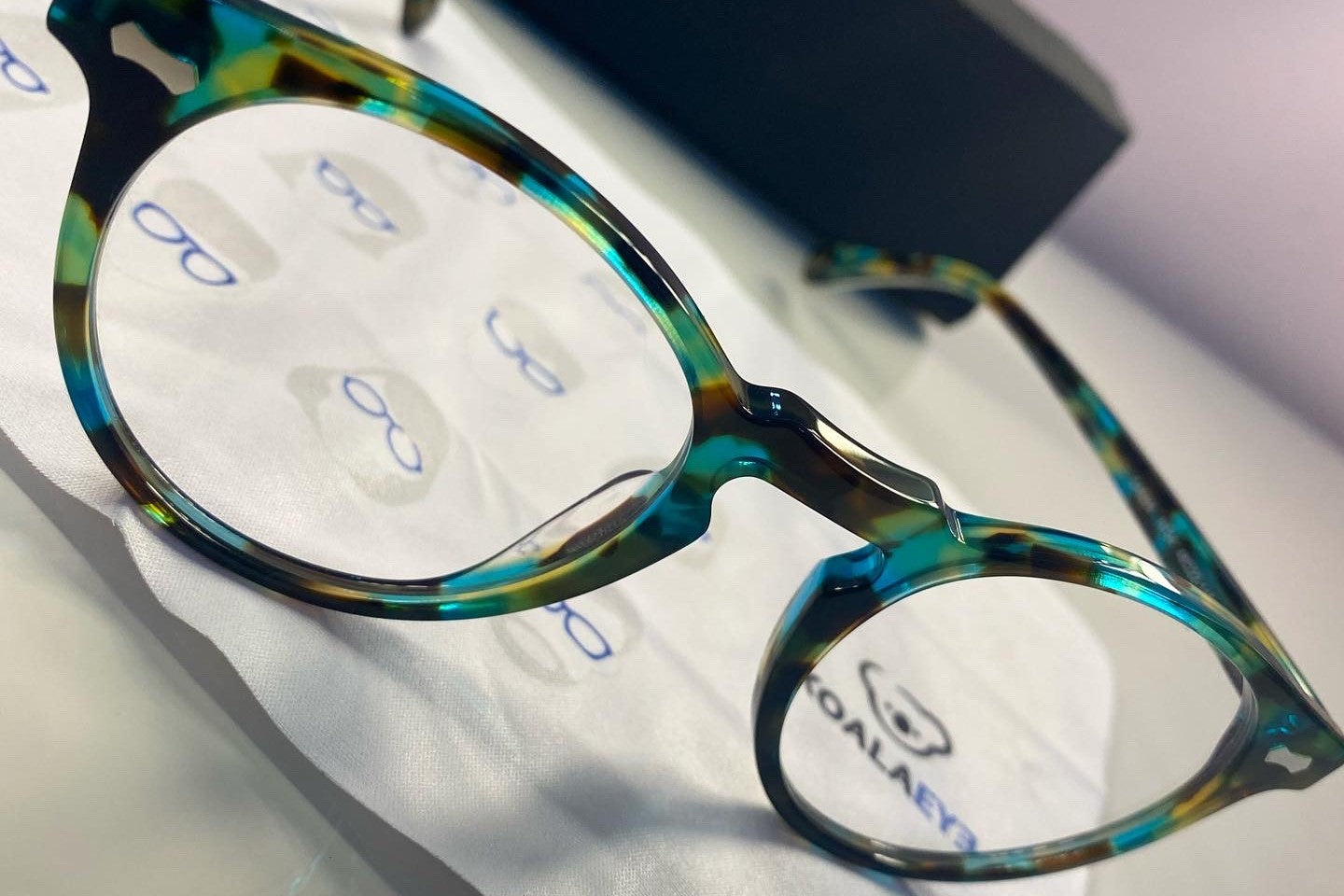Are blue light glasses good for driving at night?
Are blue light glasses helpful when driving at night? The answer is not necessarily. Anti-reflective coating on glasses is beneficial. But blue light blocking won't have any effect on your driving at night. If your glasses have an anti-reflective coating, then they might be helpful for night driving. Otherwise, they won't have any impact.
What are polarized lenses for?
Polarized lenses contain a layer of polarizing plates in which molecular chains form a light-grating structure in which dichromatic pigments, which absorb polarized light, are evenly distributed. A beam of light is absorbed when it vibrates in the same direction as the bars of the molecular chain of the polarized lens. The grating direction formed by the molecular chain of the polarizer is the axial direction of the polarizer, which is generally horizontal. When polarized lenses are worn, they absorb all the light that vibrates horizontally, thus absorbing the glare and preventing it from reaching the eyes.
Select the lens.
The choice of lenses is one of the matters to note with glasses. Teenagers are active and often do sports. They can choose resin lenses, which are light, durable, and not broken. For some adolescents with complex refractive conditions, it is best to customize the lens in the case of the need for custom lenses, to get the perfect pair of glasses. Choose the refractive index that is right for you. The thickness of the edges of the lens is related to the size and shape of the frames in addition to the refractive index. The original state of the myopic lens is a circle that is thin in the middle and thick around, and then it is ground into the shape that suits the lens frame. If the thinnest center is relatively far from the edge of your frame, that is, if that frame is large, the edge of the lens will be thicker.
Is it necessary to repair the glasses that are badly damaged?
If your glasses are badly damaged, think about getting a new pair. Maintenance is maintenance, not a replacement, so there are some traces of maintenance. The repair cost is far more than or can buy a new pair of glasses, so there is no need to repair them. For the kind of alloy that's used for cheap glasses and the kind of alloy that's used for high-end glasses, the texture of the welding is so different. There are differences in intensity. In order to make the cheap glasses strong after welding, it will definitely increase the welding marks (solder repair, etc.), so the marks will be obvious.
How can you tell if blue light glasses work?
It can be identified in the light. Ordinary lenses have a yellowish feeling under the reflection of light, while the anti-blue lens film color has blue on the yellow-green film, which is the cause of reflecting blue light out. Check the instruction manual to verify that the lenses contain radiation-resistant materials. When wearing, you can look at the electronic screen far away, and check if there is a sense of irritation to the eyes. The biggest difference between the regular lens and the anti-blue lens is the coating layer. If you look carefully, you can see that the anti-blue lens layer is very clear. Put the anti-blue light glasses on the fully open phone screen and observe if the covered area is blue. If it is, the prevention effect is good. This is because the blue light emitted by the phone is reflected on the phone screen by the lens.
Does the phone screen have irregular color bars when wearing polarized lenses?
It is mainly the special properties of the polarizing film. The polarizer is able to see the internal stresses in the plastic, so when we usually look at the edge of the mobile phone screen, it will have a colored stripe or a black piece, which is mainly caused by the uneven edge pressure when the screen is installed. It's mostly a matter of light and shade. Wearing a polarized lens to see the LCD screen a tilt will find that the screen darkens, mainly because the polarizing lens can absorb light in a certain direction. The LCD screen is a one-way light (different from sunlight), so it is absorbed, so it is found to be dark.
What Are Progressive Lenses?
Traditional eyeglasses are usually single vision lenses with one prescription. Progressive lenses are multiple with three prescriptions in a pair of eyeglasses. Progressive lenses let you see comfortably at different distances, allowing you to see close, near, and far without changing your glasses. There are other kinds of multifocal lenses like bifocals and trifocals, but progressive lenses differ because of their smooth transition between prescriptions.
Bifocals and trifocals work similarly to progressive lenses and feature either two or three prescriptions in a pair of glasses. These lenses have definitive lines separating the prescriptions. However, progressive lenses don’t use these lines and allow you to easily transition between prescriptions.
Hence, in the following section, we will show you 6 different types of progressive lenses.











































